Case study – lewis baltz
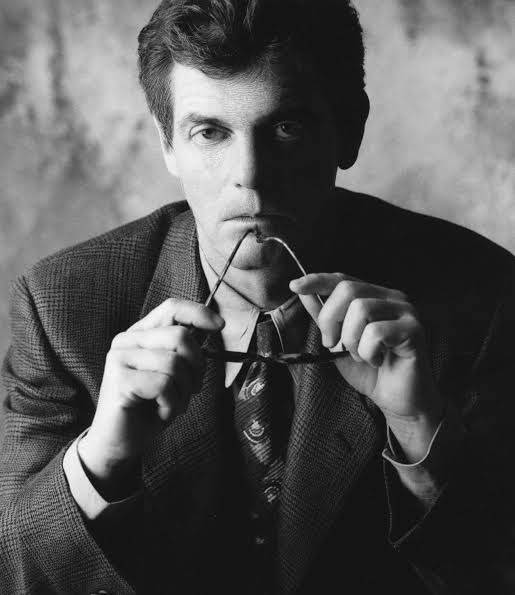
Who was he –
Lewis “Duke” Baltz was an American visual artist, photographer, and educator. He was an important figure in the New Topographics movement of the late 1970s. His best known work was monochrome photography of suburban landscapes and industrial parks which highlighted his commentary of void within the “American Dream”.
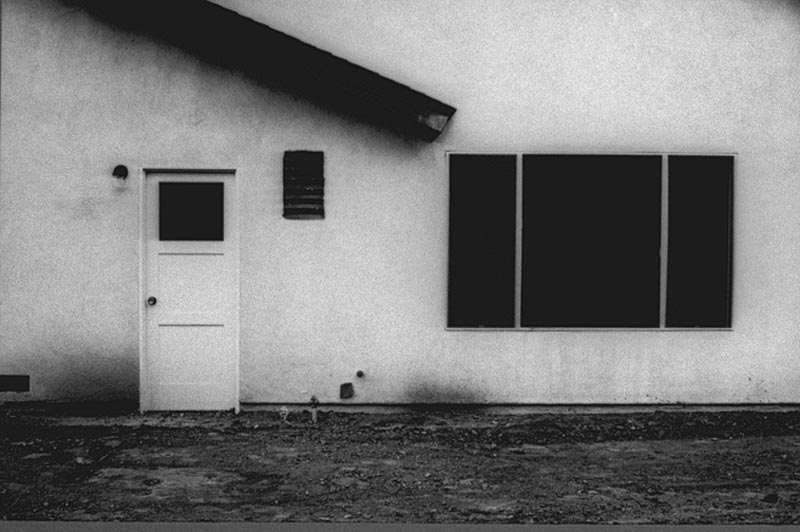
Technical –
– well lit, outside, natural lighting / outside
– shot on a lightweight leica camera
– sharp image overall in black and white
Visual –
– geometric simple shapes used as subjects which is typical of the new topographic genre
– basic image with different colours and textures
– looks almost 2D
Contextual –
– Artist in movement inspired by the man-made side of the world.
– The new topographics were a reaction to the realized change from nature to urban landscapes and reflecting juxtaposition between them
Conceptual –
– reflection of the increasingly suburbanised world around them.
Quote –
” I never had any profound loyalty to the idea of photography as a medium but simply as the most efficient way of making or recording an image. “ – Lewis Baltz
Contact sheet
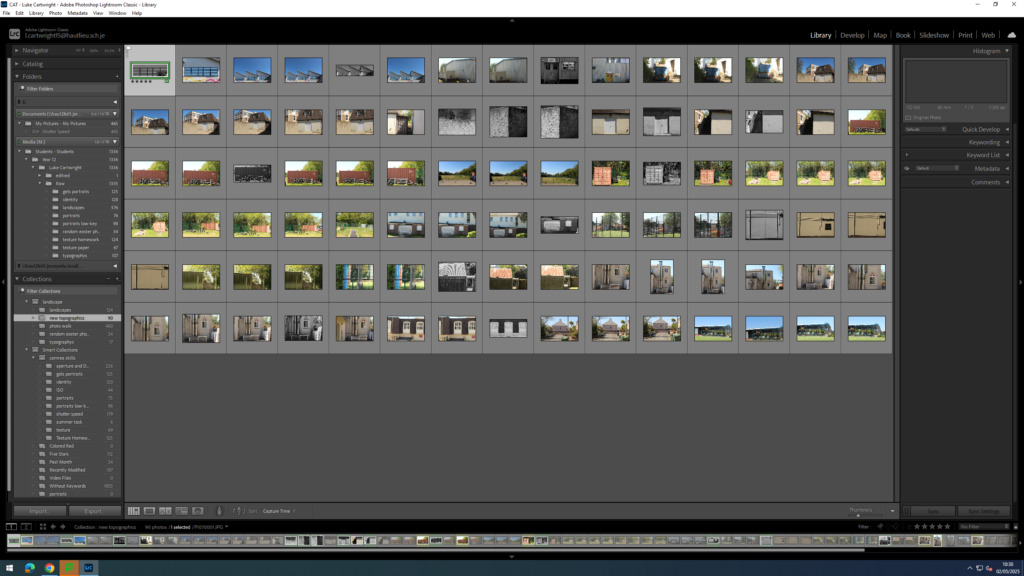
selection process
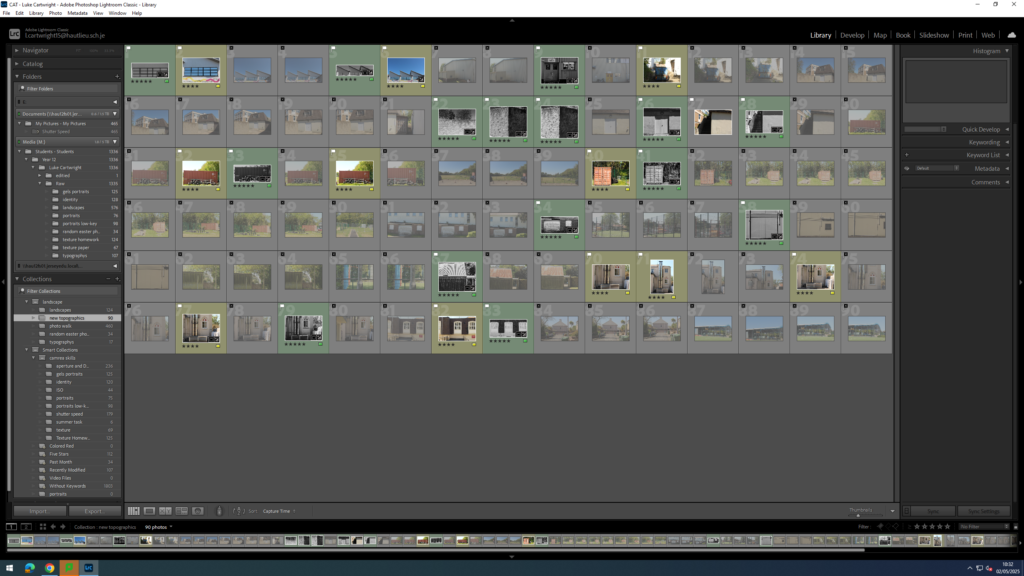
as you can see above I used P and X to flag my images to filter out the bad ones from the ok and good ones, next I rated these images 4 or 5 stars as 4 being ok ones and 5 being good ones, finally I gave them the colour yellow or green, green being the best and yellow being good. I will now edit these images that I selected and present them bellow along with the raw images.
editing process
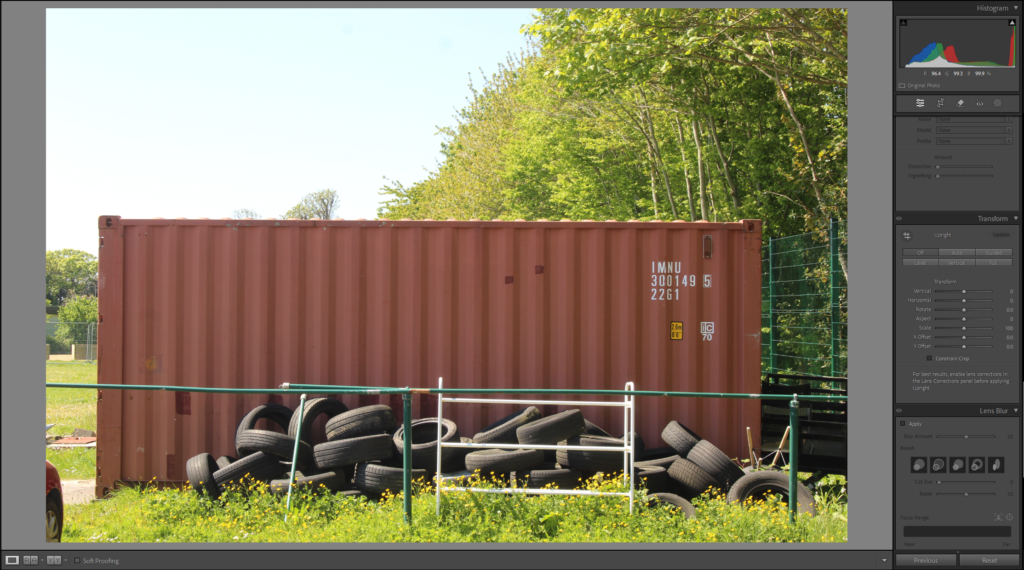
Original image
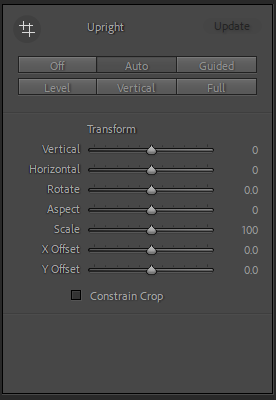
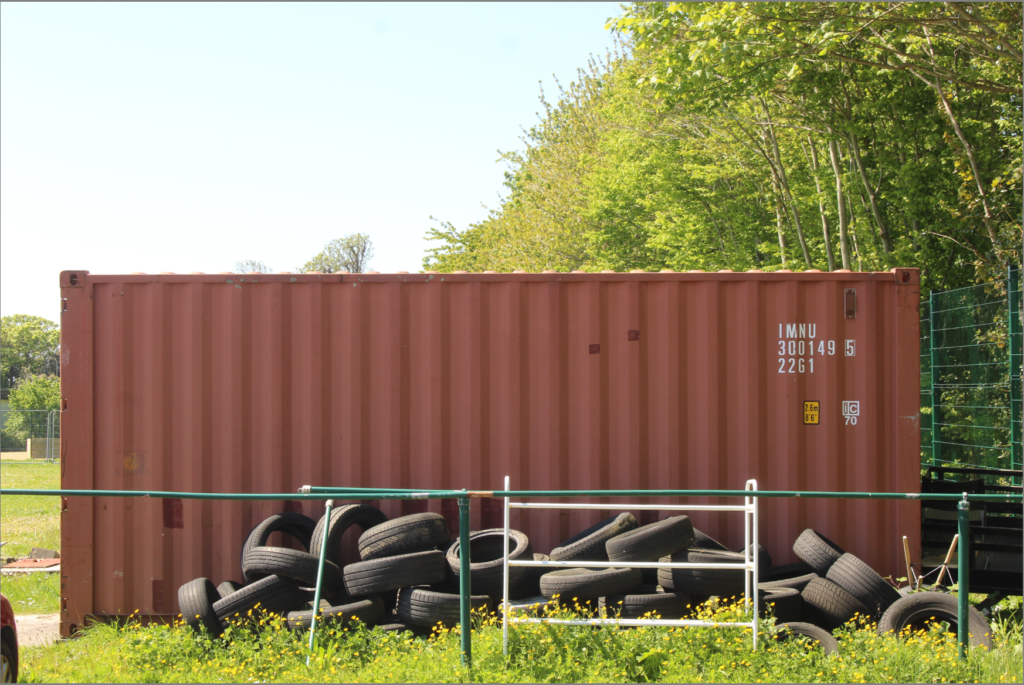
Next I used the auto setting to make my image inline.
–
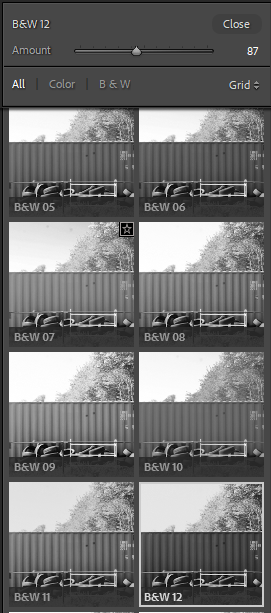
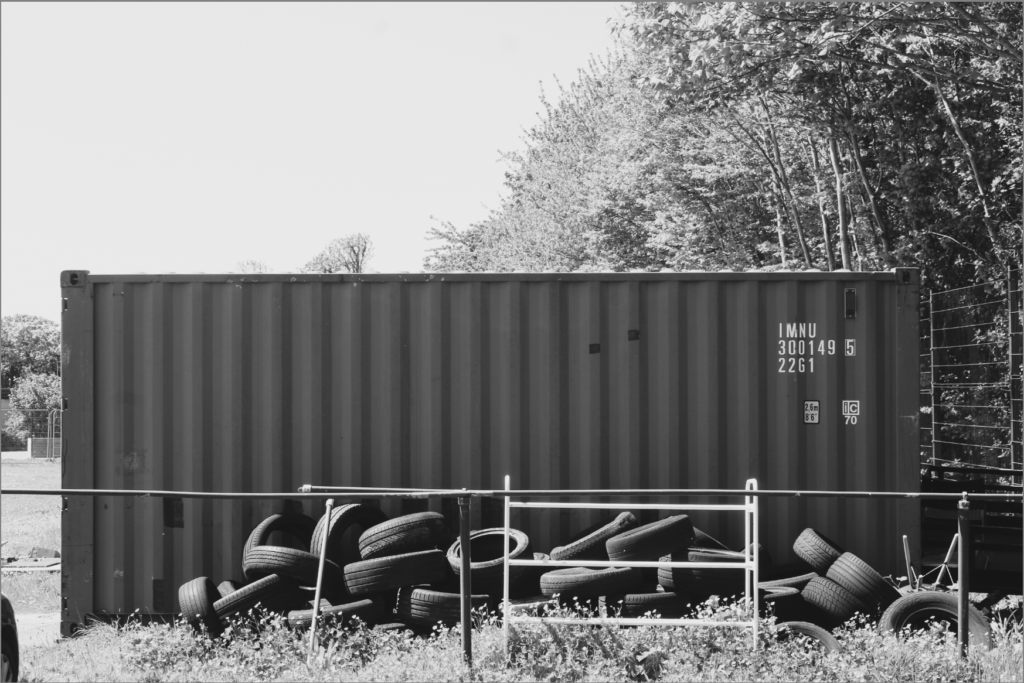
Then I selected the preset B&W 12 and changed the amount to 87%
–
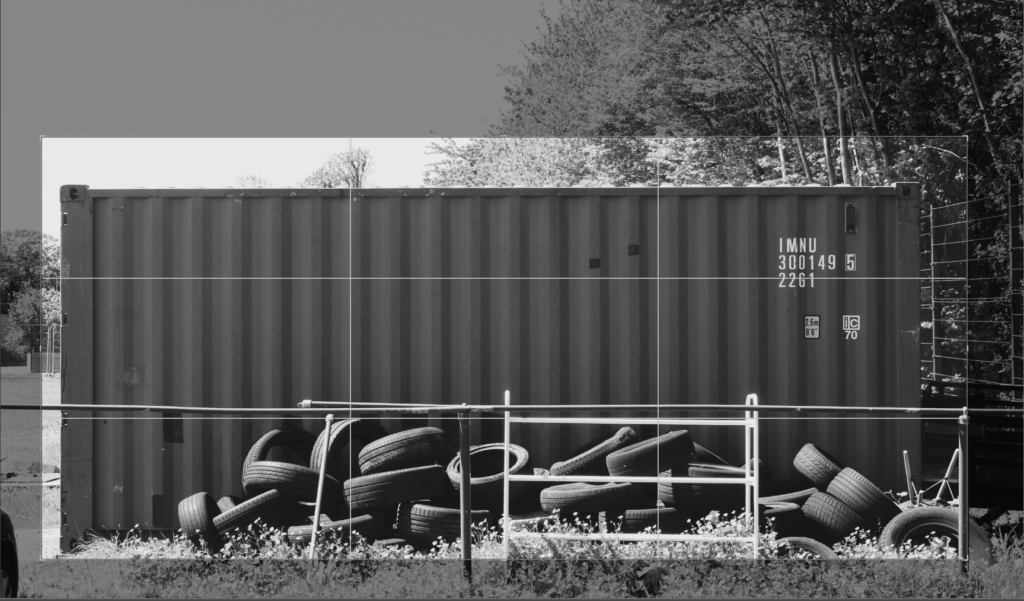
I then cropped the image
–
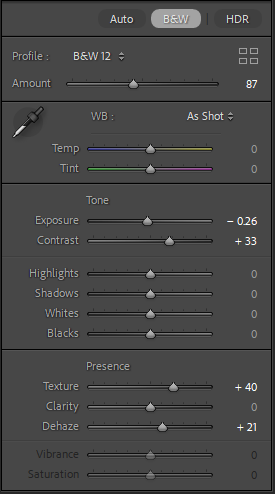
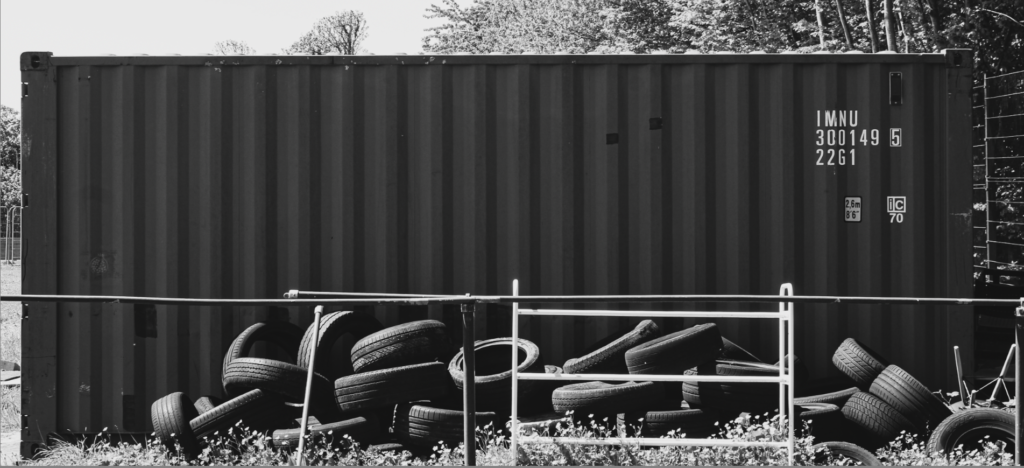
I then edited the image to my liking
–

final images
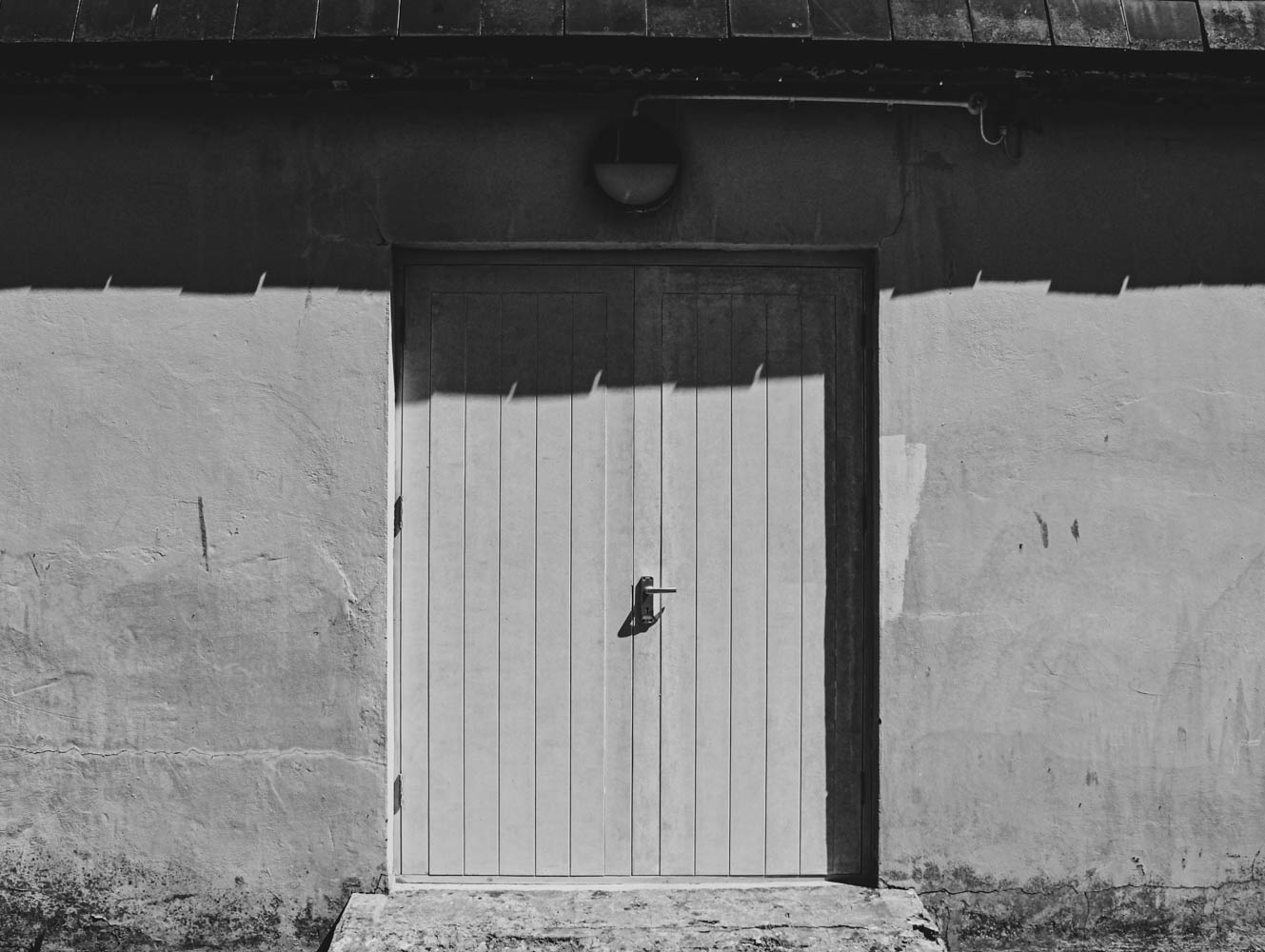
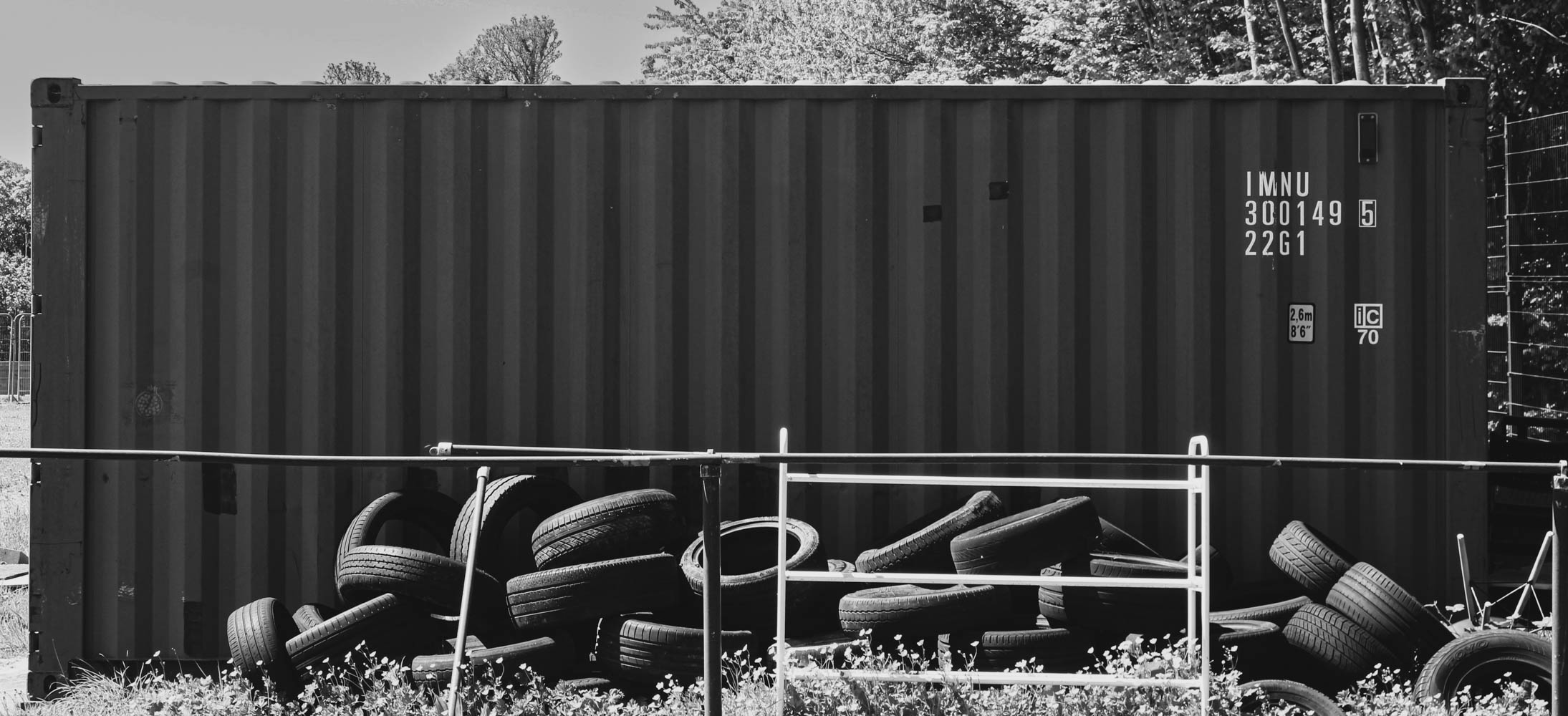
—
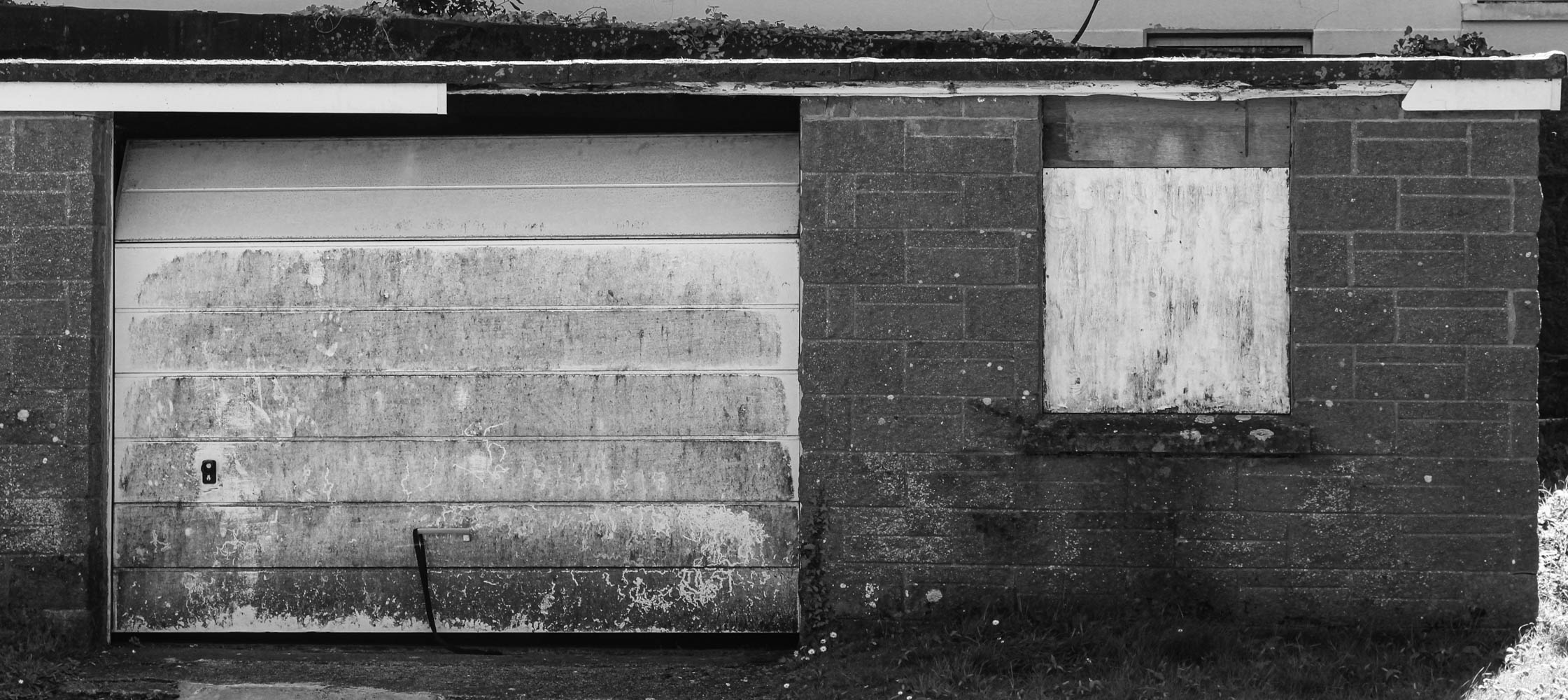
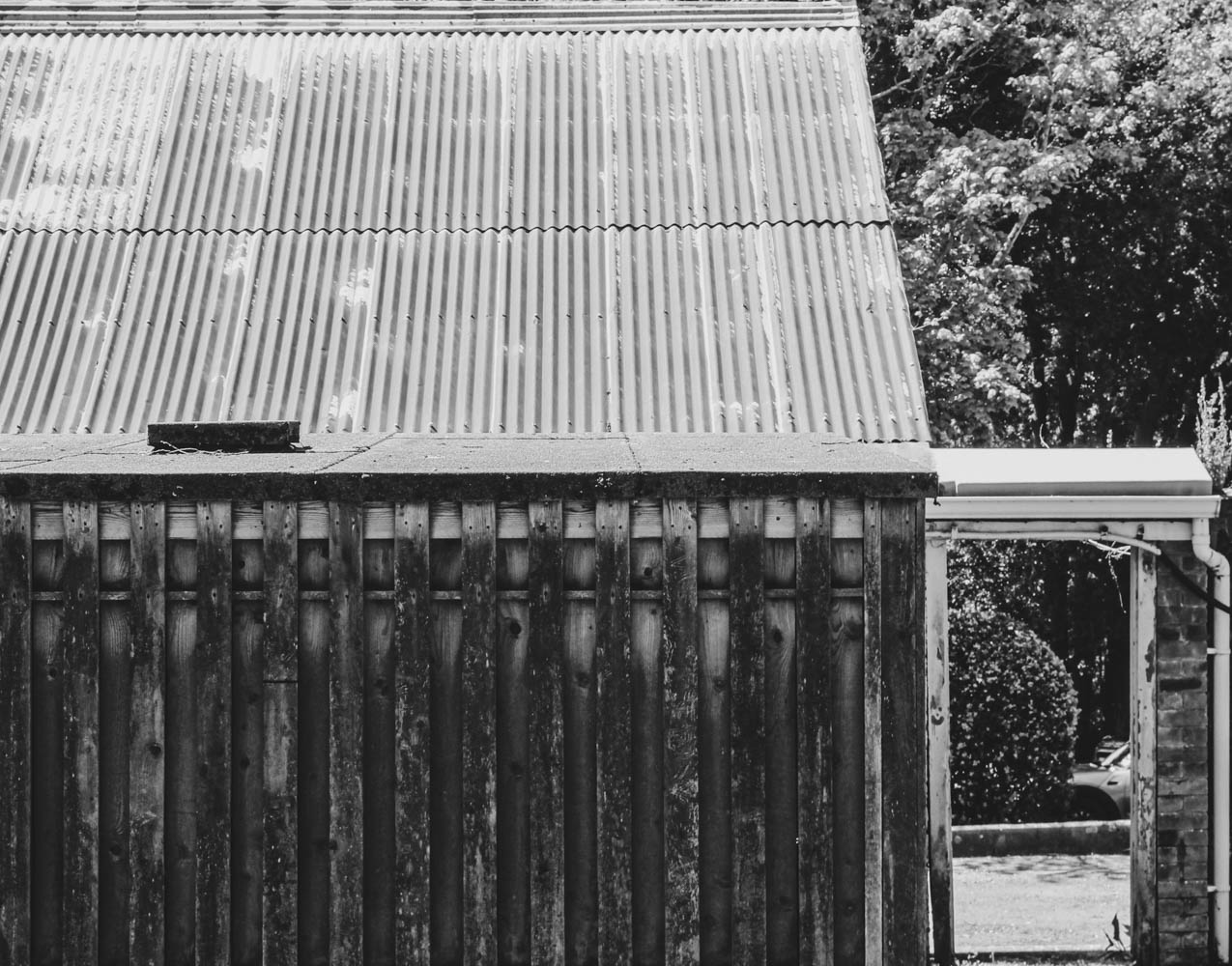
Evaluation
These images are inspired by the photographer Lewis Baltz, although this image may be objective to opinion, I believe that the moss built up on top of the old garage reflects the natural landscape trying to take back over, I believe that the moss being such a small feature to the majority urban environment actually strengthens this idea that the image is part of The New Topographic genre as the man-made garage is still the main focus of the image representing the juxtaposition between urban and natural landscapes. The image has a deadpan aesthetic with centre framing which is typical of this genre of images. The image reflects a man altered landscape with the building taking up much of the image and the natural environment on the right juxtaposing it, representing the integration of the urban world into natural landscapes. The deadpan and banal theme of this image helps to reflect this genre perfectly, almost as some sort of protest against urban landscapes, the monochrome aesthetic of this image further backs up this idea removing all colour and leaving just shape and form.
